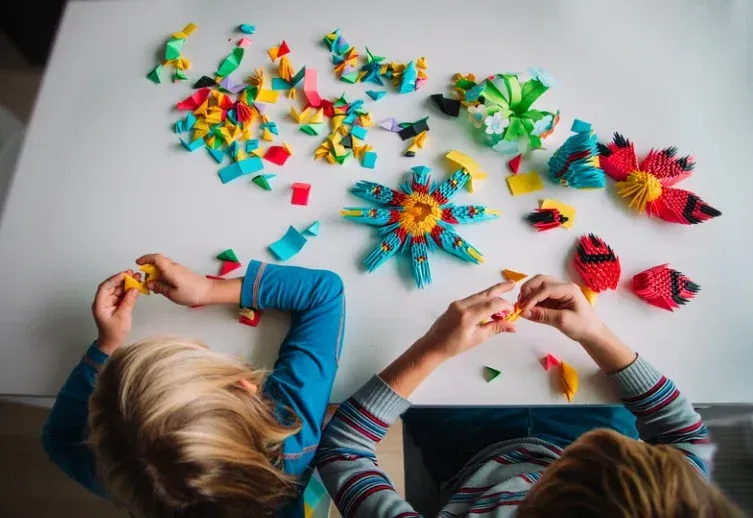
When ADHD and Autism Collide: 4 Strategies for Supporting Competing Needs
If your child has both ADHD and autism, you may have already seen how these two diagnoses can pull them in opposite directions. One thrives on novelty and stimulation. The other prefers routine and predictability. One says, “Let’s go!” while the other says, “Let’s pause.”
It can feel like stepping on the gas and the brake at the same time.
Here are four strategies to help your child when they need both structure and freedom.
1. Build Flexible Routines
Kids with autism often need predictable routines. Kids with ADHD may reject structure entirely. The key is flexibility.
Instead of saying “At 8:00 we’ll do this,” try “In the morning, we’ll go here.” Instead of assigning exact times, focus on sequencing and giving your child choices about the order of their day. Flexibility can reduce anxiety and increase buy-in.
2. Regulate the Environment, Not the Child
An overstimulating environment might be unbearable for the autistic side of the brain, but under-stimulating for the ADHD side. Instead of trying to control your child’s behavior, shift the environment.
Create quiet zones and movement zones. Offer headphones, sensory bins, fidgets, or music breaks. Allow your child to choose what helps them regulate in the moment because that need might shift minute to minute.
3. Support Internal Awareness
Many kids don’t yet have the language to describe how their body feels. You can help build that awareness by asking simple, curious questions:
Is your body feeling too fast or too slow right now?
Do you want something quiet or something active?
Then, model the process. Say things like, “I’m feeling off. I think I’ll take a movement break.” Your words are great at modeling the process you go through for yourself and how they can help themselves.
4. Scaffold Transitions Thoughtfully
Transitions are tough for both ADHD and autism, just in different ways. Use tools like visual timers, countdowns, or even music cues to make shifting between activities smoother.
Instead of saying, “Time to stop,” try, “When this song ends, it’ll be time to put on shoes.” This reduces the need for direct commands, which can trigger resistance, especially for kids with PDA (Pathological Demand Avoidance).
You’re Not Alone
When your child is living with two different sets of needs, it can feel like you’re constantly juggling. Just remember: they aren’t broken. They don’t need fixing. They just need support that meets them where they are.
You’re doing a great job by getting curious and looking for tools that help.
If you want to talk through these strategies and how they might work in your home, join us for our next Parenting Power Hour. It’s free and happens the second Thursday of each month at 12:45 PM MDT. You can find the link ateverybrainisdifferent.com.
